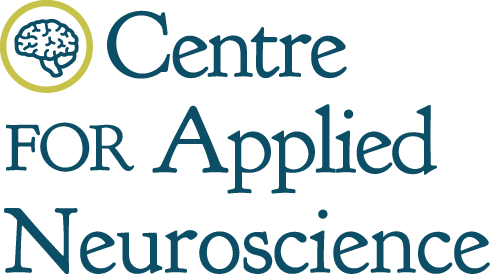by Mandy Wintink
I’m a retired ultimate frisbee player. I played competitively in Halifax and then Toronto and competed at the National level winning a Gold Medal and twice a Silver at Canadian Ultimate Championships. I have played with some of the best players in the world, at their time. Team sports, and ultimate in particular, have provided me with some essential life skills. My experiences in sport have greatly contributed to my ability to succeed in academia, science, business, and as a good social human.
I follow a newsletter by a Canadian ultimate gear company, VC, founded and run by Adriana Withers. Even though I don’t play any more, Adriana’s newsletter is one of the newsletters that I still read. This means a lot because I genereally DESPISE all newsletters and my jammed inbox. But I trust what comes out from VC and I’m even more impressed with Adriana as a business owner. She has been an advocate for gender equity and introduced gender non-binary frisbee gear. A little less than a year ago, I spotted an ad on VC’s newsletter about a new podcast they were sponsoring, called Share the Air. I was immediately intrigued by the ambitions of sharing stories about identities, issues, and communities that exist within and alongside the ultimate community. I listened to their first 2 episodes and then immediately reached out and asked if I took could sponsor them, as the Centre for Applied Neuroscience.
I had never sponsored a podcast before and selling this as a marketing opportunity to my team back at the Centre for Applied Neuroscience was not easy. None of them played frisbee and couldn’t really understand why I thought this made sense. But to me it was clear. Ultimate is an amazing community of interconnected humans, most of whom are intelligent, educated, and aware people. Or at least trying to be. They help each other out and support each other on and off the field and across teams, not just as team members. The ultimate community is an interesting one, unlike any other in sport I have encountered. They are good people trying to be better.
But what does that have to do with neuroscience? Well, from my perspective, learning about neuroscience can help ultimate players not only make sense of their own experiences on and off the field, but can also help them make sense of their teammates experiences or the players they coach. And the more we know about ourselves, our brains, and those of the people around us, the better I think we can all be.
Neuroscience offers another opportunity for us to connect, just like ultimate does. And the more human connection we can create, the better I think the world will be. And THAT is why I wanted to support Share the Air podcast.
It’s been an absolute pleasure watching from the sidelines as hosts Tulsa Douglas and Louisa Neves and producer Tim INSERTLAST NAME work to share the voices that need to be heard.
You can find them online:
Instagram: @sharetheairpodcast
Twitter: @sharetheairpod
Facebook: https://www.facebook.com/SharetheAirPodcast
Apple Podcasts: https://podcasts.apple.com/ca/podcast/share-the-air/id1567951914

